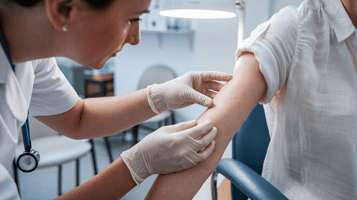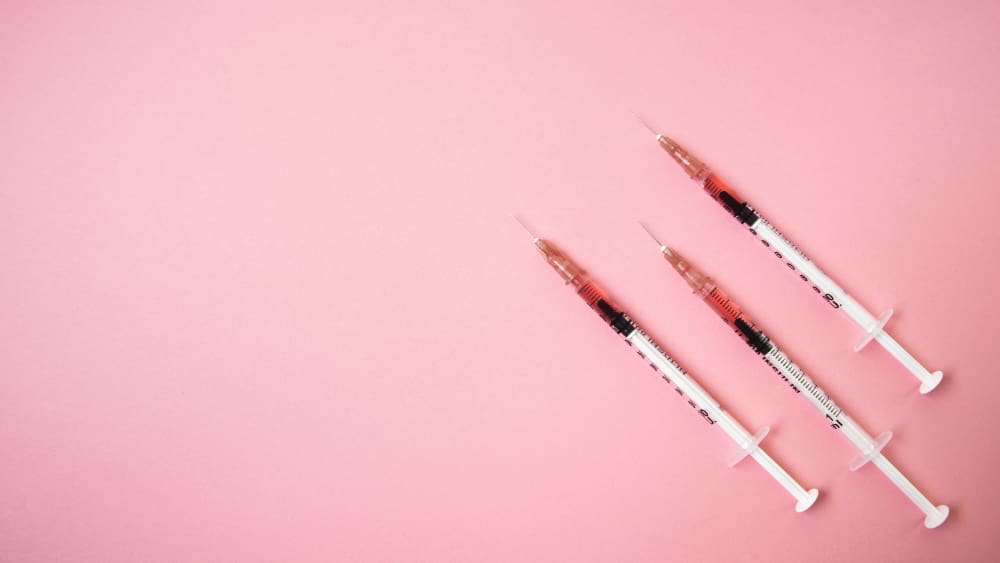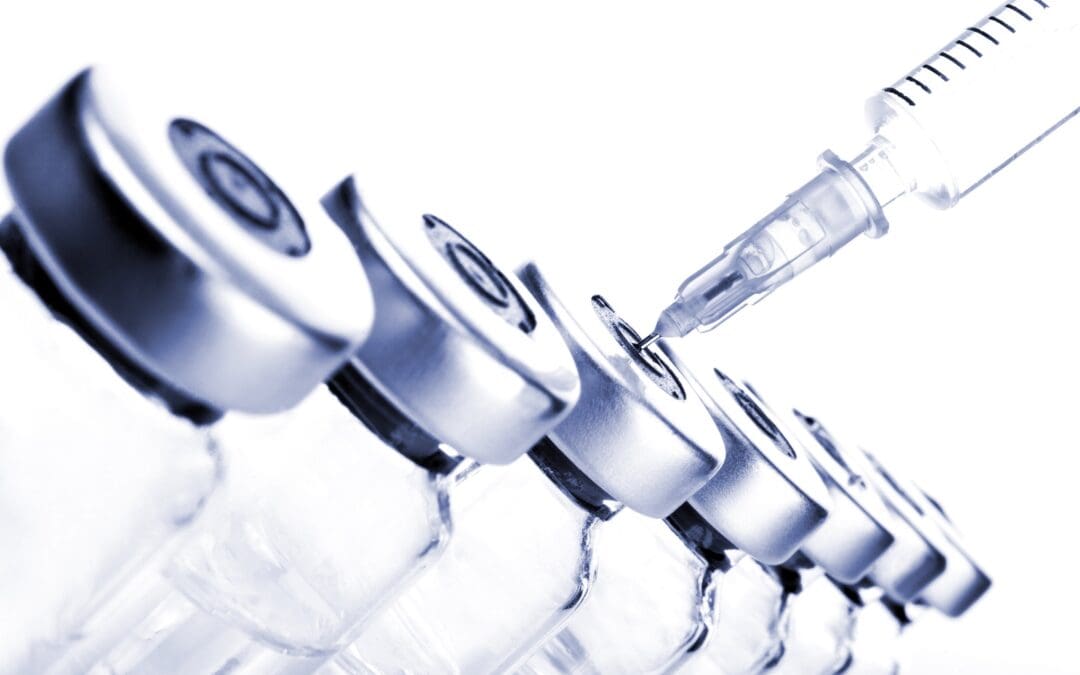
Skin cancer is among the most common types of cancer worldwide. Current literature provides that approximately 1 in every 5 Americans will develop this kind of disease within their lifetime. In 2020 alone, the World Health Organization (WHO) reported a total of 1.20 million cases of skin cancer, ranking fourth in terms of new cases for the said year.
Given these figures, it’s no surprise that unprecedented demand for skin cancer treatments worldwide now exists. Patients and medical experts are looking for treatment options that will best suit the stage and type of skin cancer involved and the patient’s overall health condition and personal preference.
Below is an overview of the different skin cancer treatments available and what to expect from them. Read on.
The 8 Types of Skin Cancer Treatments
Surgery
Surgery refers to the process of removing cancerous tumors from the body. Traditionally, it is conducted by cutting through the skin using scalpels and then taking out the tumor and some of the healthy tissues surrounding it.
To date, there are now various ways of performing surgery to treat skin cancer. The most popular so far is the Mohs Micrographic Surgery (MMS), also called Mohs Surgery. The procedure involves removing one layer of skin at a time. Here, the doctor shall examine each freshly-cut layer using a microscope and then repeat the cycle until there’s no more sign of cancer cells left.
Another type of surgery used to treat skin cancer is a combination of curettage and electrosurgery, which involves scraping off the skin using a curette and then heating the affected area using an electric current to control the bleeding and kill any remaining cancer cells.
Radiation therapy (RT)
High doses of radiation are known to cause DNA damage and eventual cell death. During radiation therapy, doctors either use a machine that directs high energy towards the target portion of the body or place a radioactive source inside the body near the tumor.
A new type of radiation therapy, called Superficial Radiation Therapy (SRT), is also now available. It is used to treat non-melanoma skin cancer, such as Basal Cell Carcinomas (BCC) and Squamous Cell Carcinomas (SCC). Unlike traditional RT, which uses high doses of energy, SRT delivers a low-energy dose of radiation that penetrates only the skin’s surface. The procedure is non-invasive and painless, resulting in quicker recovery time and minimal to no scarring. You may check out more about SRT here.
Chemotherapy
Chemotherapy is a type of cancer treatment that uses powerful drugs to kill cancer cells.
Generally, the procedure is done either by injecting the substance into the patient or by making him take the drugs orally as pills.For people diagnosed with skin cancer, the procedure is often different. Specifically, chemo is usually given in the form of topical creams that are to be applied to the skin.
Photodynamic therapy
Photodynamic therapy (PDT) is a type of cancer treatment procedure that combines light-sensitive drugs, called photosensitizers, and a special light source to destroy cancerous cells.
The drugs used become toxic when exposed to a certain degree of light. They give off toxic reactive oxygen species that can destroy cells when activated.
During PDT, doctors shall first scrape off dry skin and then apply photosensitizers in the form of a cream. After a few hours, light is shined onto the area to activate the drugs and kill cancerous cells.
Immunotherapy
Our immune system helps fight off infection and various diseases. However, since cancer cells usually start as normal cells, our immune system may experience trouble detecting them as threats. In immunotherapy, doctors shall administer drugs that help improve one’s immune system to recognize and fight off cancer cells.
Similar to other forms of cancer treatments, immunotherapy may also be given by injecting the drugs into the vein or taking them orally as pills. However, to treat skin cancer, immunotherapy also often comes in a cream that is to be rubbed onto the skin.
Targeted therapy
One of the risks linked to many cancer treatments is their ability to damage not just cancerous cells but also healthy ones. Doctors administer drugs specially designed to attack only cancer cells in targeted therapy. To do so, scientists dedicate years of extensive research to identify certain proteins and gene mutations specific to cancer cells and create drugs that can alter these features to stop the growth and spread of cancer cells.
To date, targeted therapy as a form of cancer treatment is available only to very few cancer types, including skin cancer. The procedure is also often conducted along with other cancer treatments, like chemotherapy.
Cryotherapy
This is a type of skin cancer treatment that uses extreme cold to freeze off cancer cells. During cryotherapy, the doctor shall administer a local anesthetic to the patient and then apply liquid nitrogen on the target skin using a cotton swab or a spray. This will immediately freeze and destroy the skin cancer but leave a deep wound that usually requires 3 to 6 weeks to heal.
To date, cryotherapy is recommended only to treat small squamous cell carcinoma lesions in situ and superficial actinic keratoses.
Laser treatment
Also called laser ablation, this specific type of cancer treatment uses a high-intensity beam of light to shrink or kill off cancer cells. It is used mainly to treat actinic keratosis and, in some cases, squamous cell carcinoma in situ or basal cell carcinomas in the uppermost layers of the skin.
Further research is still needed to improve laser surgery as a treatment for skin cancer. To date, the procedure is currently treated only as a secondary therapy.
Schedule An Appointment with Us!
Skin cancer is among the most dreaded diagnosis for many people. Yet, while the condition has the tendency to become life-threatening, it is also highly treatable when diagnosed early and treated effectively.
Here at Arizona Skin, we aim to provide patients with diverse, high-quality skin cancer treatment options. Schedule an appointment today!

When To Consult A Dermatologist
Our skin is often a reflection of our overall health, acting as a visible indicator of internal balance or imbalance. While minor changes like occasional dryness or mild irritation are typically...

The Impact of Hormonal Changes On Skin
Hormones play a crucial role in regulating many bodily functions, and one of the most visible ways they affect us is through our skin. Throughout different life stages—puberty, pregnancy, menopause,...

The Connection Between Diet and Skin Health
The old saying, "You are what you eat," holds a lot of truth when it comes to skin health. Your diet provides the essential nutrients your skin needs to stay resilient, clear, and youthful. What you...

Exploring The Benefits of B12 Injections
In today’s fast-paced world, maintaining optimal health and energy levels is essential for leading a fulfilling and productive life. While proper nutrition and lifestyle habits play significant...

10+ Rare Dermatologic Disorders: From Blue to Self-Peeling Skin
While common skin conditions like acne, eczema, and psoriasis are widely discussed, rare skin diseases like argyria and peeling skin syndrome remain a mystery to most people. Perhaps even you tilted...

Exploring Botox and Dysport in 2024
In the quest for youthful, rejuvenated skin, cosmetic treatments have become increasingly popular. Among these, Botox and Dysport stand out as effective solutions for reducing wrinkles and achieving...

Skin Cancer Prevention for Outdoor Workers in Sunny Arizona
Working outdoors in Arizona requires keeping your skin healthy and protected from the harsh, unforgiving sun. With year-round warm weather and over 300 days of sunshine, cumulative sun exposure and...
